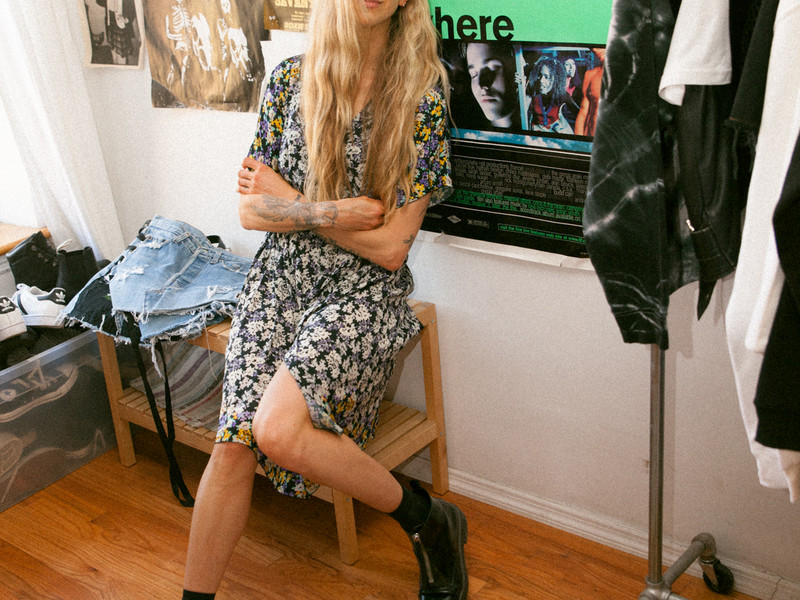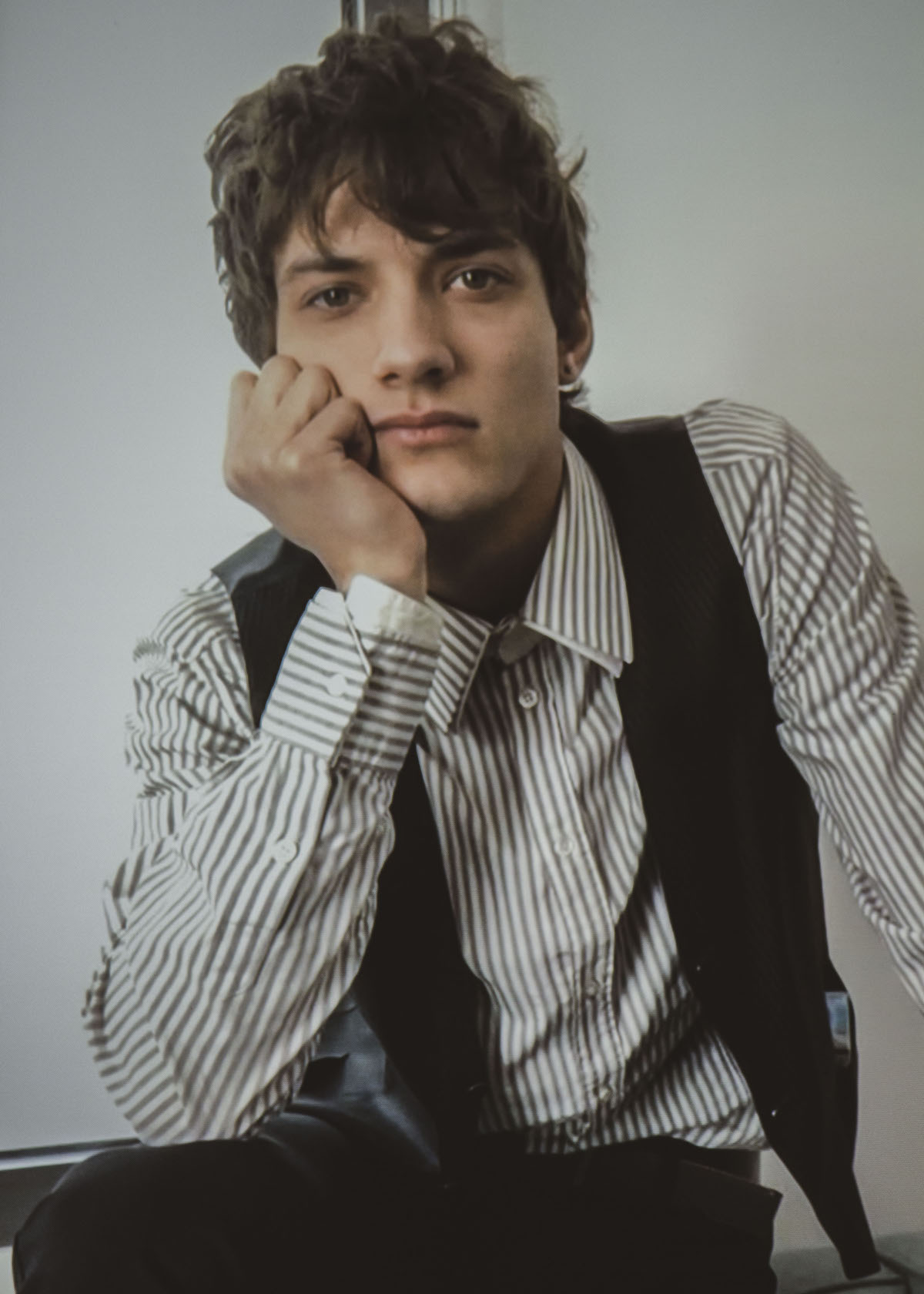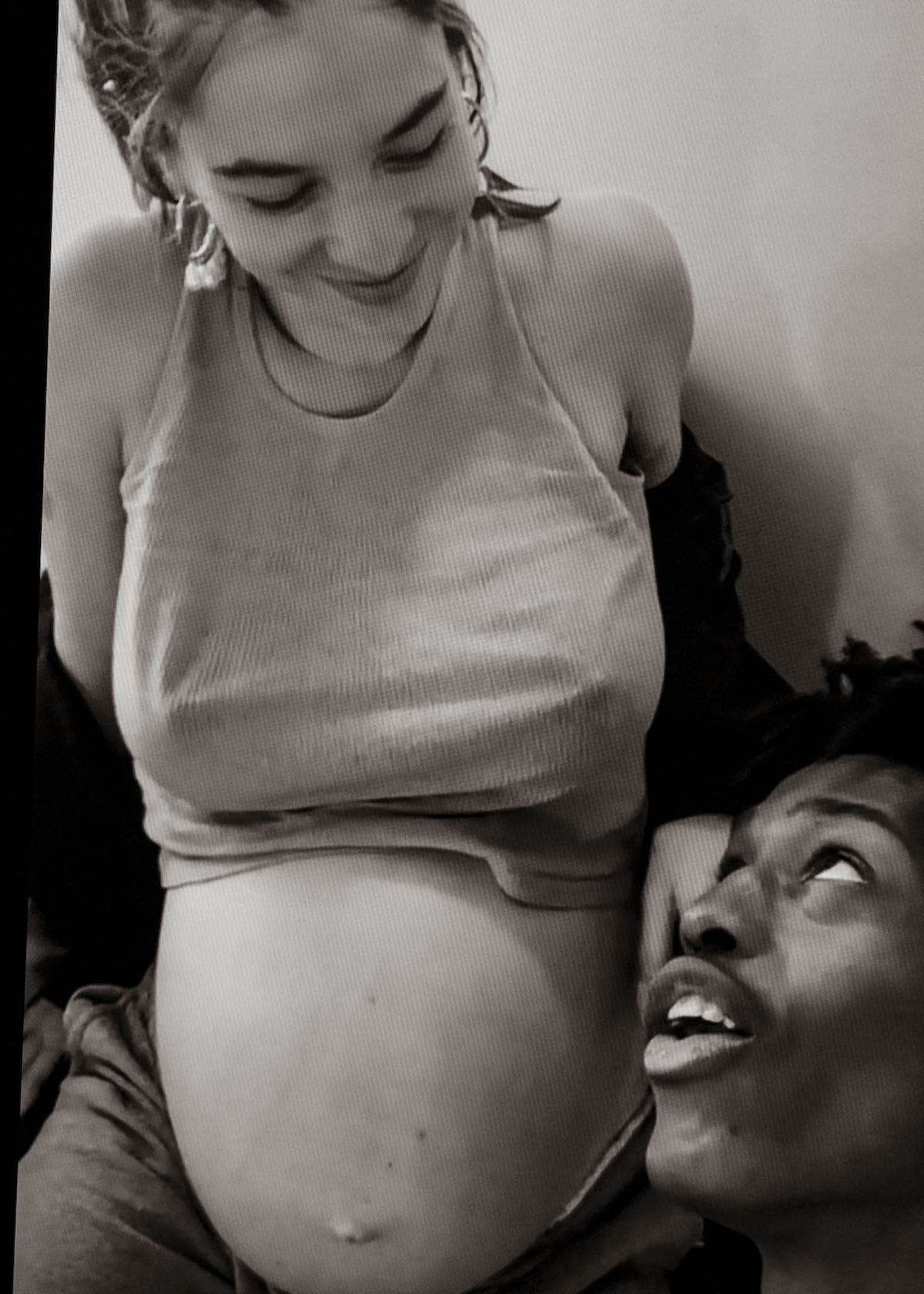“If these pictures and book can open up a new way of thinking and feeling for a viewer rather than telling them something they already know, that's a win and is beautiful.”
office sat down with Billet and Kline to hear from the photographers about the process, feelings, and ideas that brought this piece together.
How did Rabbit / Hare come about?
During the very confusing socio-political atmosphere that began to scream in the summer of 2016, the idea for the project started coming together right before the start of our final year in undergrad. We had this broad idea to go to Texas for its importance to our understanding or questioning of American masculinity that trickled down to us through our fathers and families’ relationship to Texas. The project took on the form of a two month road trip through the American south to Texas and back, because the road is what best facilitated our interest in embracing the unknown, interacting with people and looking at the country following the election of the 45th president.
It had actually been largely fueled by where we grew up and who we grew up around. Both of our mothers’ sides of the family are from small farms in Spring Grove, PA, two of the men in our lives drove trucks, both our parents are seperated, and we lived a few blocks away from each other for the majority of our adolescence. Depending on who you talk to or what timeline of documents you look at, York was the first capital of the US or the fourth. Either way, you’d think this would somehow ground this place. But it never felt that way. It always felt like this place was constantly in between identities. The area we grew up in was largely middle class, blue collar with some shades of baby blue. The men in our family and in the general area held their visions and lives to a certain hard-edged, emotionally distant masculine stereotype, a stereotype neither of us felt at home in and butted heads with.
On I-83 going north out of York there is literally a 15 foot tall ripped man lifting weights spinning in circles at the York Barbell company. This identity made up the environment we were growing up in, so there was always a push and pull with our relationship to this heteronormative lifestyle that made up the majority. The way that Texas had been mythologized, romanticized, and dramatized for us through family and media, it seemed like the epitome of the identity we were questioning since we were in middle school, so we needed to go. We didn't have an option.



















































